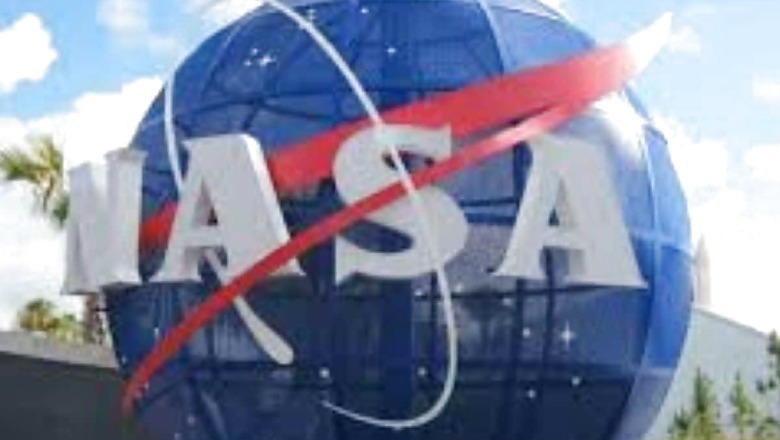
views
A key rocket test for NASA’s much-delayed Space Launch System (SLS) ended in an early shutdown as four rocket engines fired for a little over a minute, while these were supposed to be up for nearly eight minutes. The SLS is set to play a key role in the agency’s Artemis programe which aims to return astronauts to the Moon.
The SLS programe conducted a hot fire of the Artemis I core stage at NASA’s Stennis Space Centre. “All four RS-25 engines ignited successfully, but the test was stopped early after about a minute. At this point, the test was fully automated,” NASA said in a statement late on Saturday.
The team had planned to have the engines fire for approximately eight minutes, or about the same amount of time it would take to launch future missions to the Moon.
“During the firing, the onboard software acted appropriately and initiated a safe shutdown of the engines,” NASA said. During the test, the propellant tanks were pressurised, and this data will be valuable as the team plans the path forward. “In the coming days, engineers will continue to analyse data and will inspect the core stage and its four RS-25 engines to determine the next steps,” the US space agency added.
The sensors monitored the core for vibration, temperature, acoustics, and stress. Even though the test was cut short, those sensors did gather a lot of data that may eventually help NASA determine the path forward. The SLS was originally scheduled to make its flight debut in 2017.
NASA’s Artemis I mission is an uncrewed flight test that will launch Orion on the agency’s Space Launch System rocket to orbit the Moon and return to Earth. On Artemis II, Orion will carry a crew of astronauts around the Moon and back, and Artemis III will land the first woman and next man on the lunar surface by 2024.
Subsequent missions will explore more of the Moon and test the technologies and procedures needed for human exploration of Mars.
Read all the Latest News, Breaking News and Coronavirus News here




















Comments
0 comment